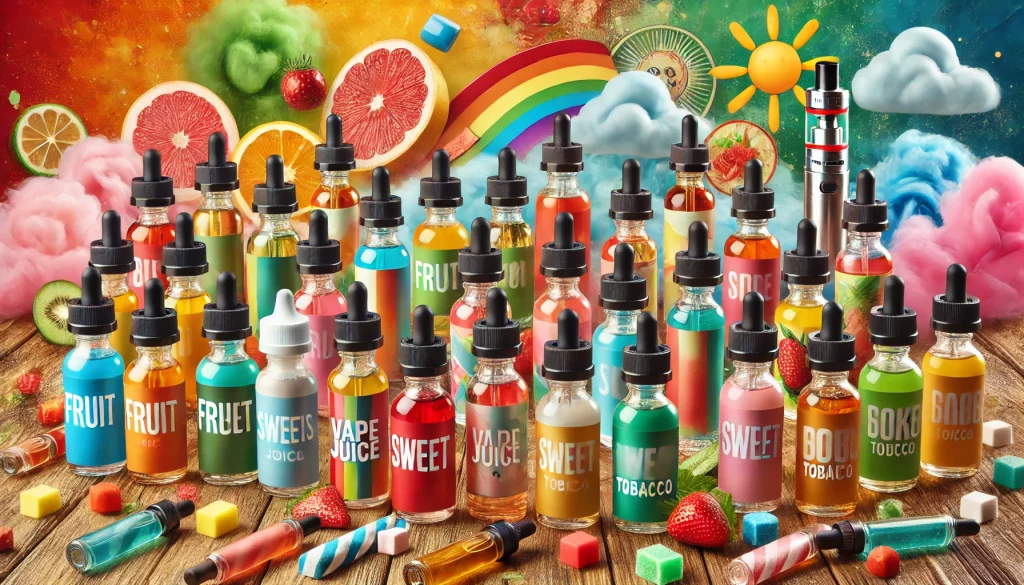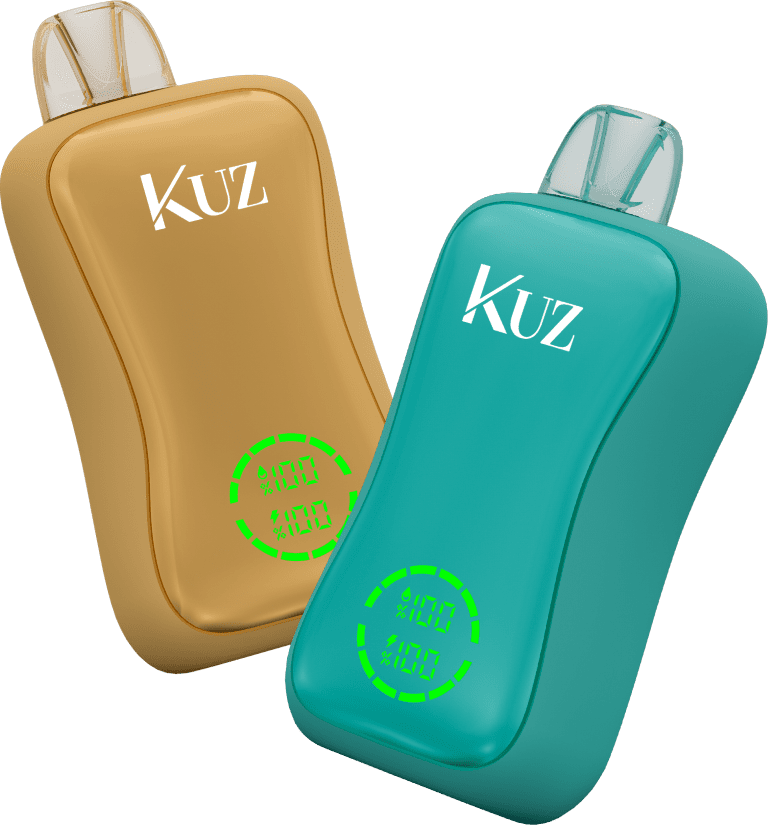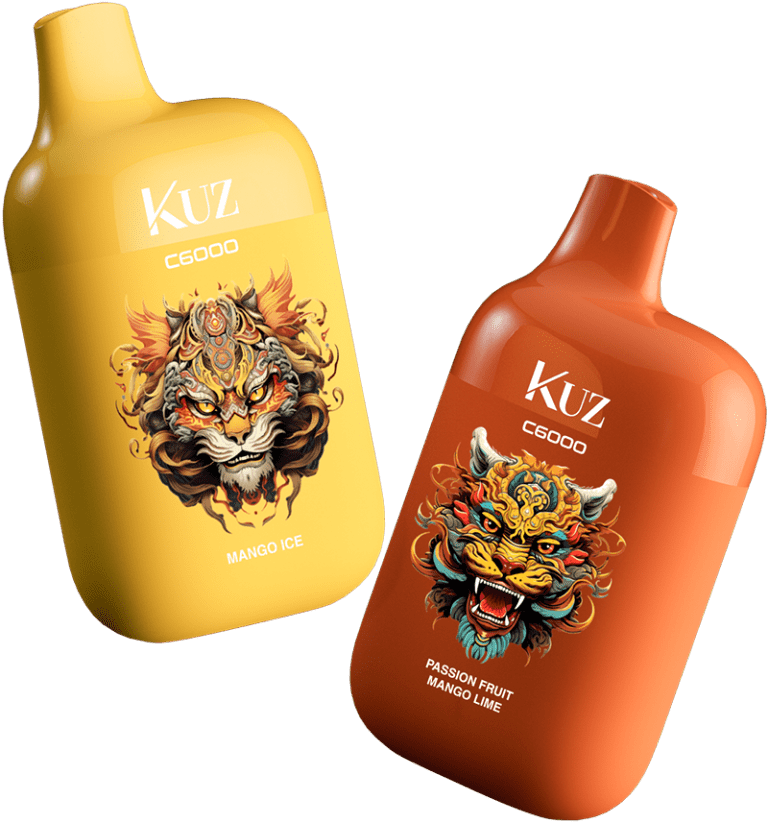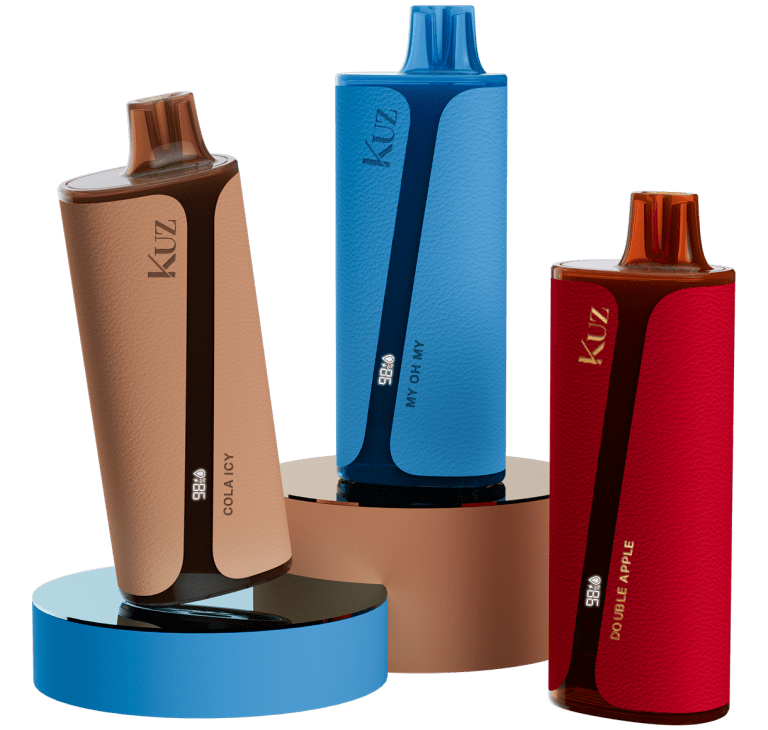Posing a popular substitute for conventional smoking in recent years is vaping. Many consumers, meanwhile, have no idea what precisely makes up the vape juice they inhale. Anyone who vapes and wants to be sure they are choosing their health wisely must first understand the components in vape juice. This blog article delves deeply into the several ingredients in vape juice and provides insightful analysis for both new and experienced vapers alike. By the end of this post, you will have a thorough awareness of the several components of vape juice, thereby enabling you to make better and safer judgments.
Vape Juice: Definition
Electronic cigarettes and vaporizers run on vape juice, sometimes referred to as e-liquid or e-juice. It generates the vapour consumers inhale when heated. Although the nomenclature could fluctuate, the essential components of vape juice stay rather same throughout different brands and flavours.

The fundamental elements
Vegetable glycerin (VG) and propylene glycol (PG) are the main components in vape juice. Most vape juices are based on these two ingredients, which also act as carriers for the nicotine and tasteings.
Vegetable glycerin (VG): VG, derived from vegetable oils, is a sweet-tasting thick liquid. It’s a favourite among cloud chasers since it generates big vapours clouds. The FDA generally regards VG as safe (GRAS).
PG, propylene glycol: Like smoking conventional cigarettes, PG is a thin, odourless liquid that offers a more forceful throat impact. Considered safe for consumption, it is also found in a lot of food and medication goods.
Cigarette
Added for people seeking a nicotine fix without smoking regular cigarettes, nicotine is an optional element in vape juice. From zero nicotine alternatives to high-strength formulas, nicotine content can range greatly. Selecting a nicotine dose fit for your tastes and needs is crucial.
Flavourings
The great range of flavours accessible in vaping is one of its key draw-ins Usually food-grade additions, vape juice flavourings are still under continuous research on their safety when inhaled. Each of the common flavour profiles—fruit, sweets, menthol, tobacco—offers a different vaping sensation.
Sweeteners
Certain vape juices include sweeteners like sucralose and ethyl maltol to improve taste. These ingredients help to develop coil muck and residue in your device even if they make the vape juice more pleasant.
Enhancements and Additives
Some vape liquids have extra components meant to enhance the whole experience. These may comprise:
Commonly used to create a chilly effect are menthol and koolada.
Ingredients like citric acid can be included to improve taste sensations by means of acidic agents.
Though less prevalent, some manufacturers include colouring compounds for cosmetic appeal—which might not be required and could create further hazards.
Vape Juice Ingredients: Health Issues
Making wise judgments about your health depends on knowing the components of vape juice. Although VG and PG are usually considered safe, it is yet uncertain if breathing some flavourings and additives has long-term consequences. Selecting items from reliable companies that follow strict safety guidelines is crucial.
DIY Vape Juice
Making your own vape juice can be a good choice for people who would want to know exactly what they are breathing in. Making your own vape juice lets you adjust the ingredients and flavour and nicotine levels to suit you. Still, using premium components and adhering to correct safety procedures is really vital.
Environmental Influence
One other factor to take into account is how vape juice manufacture and disposal affect the surroundings. Selecting goods with little packaging and eco-friendly components will help to lower your carbon impact.
How to Select the Appropriate Vape Juice
Choosing the correct vape juice requires weighing numerous criteria like taste preference, nicotine potency, and VG to PG ratio. To guarantee quality and safety, one must also check reviews and select items from reliable producers.
Typical Stories About Vape Juice Ingredients
Many misunderstandings and false information might result from many myths regarding the components of vape juice. Among the typical misconceptions are the ideas that all vape products are dangerous or that those free of nicotine are totally safe. Knowing the facts would enable you to make more wise decisions.
In summary
Though it’s a safer substitute for smoking, vaping requires knowledge of what you are breathing in. Knowing the many components of vape juice and their possible consequences helps you to decide how often you should vape. Whether you’ve been vaper for years or just started, a safer and more fun experience depends on information. If you would want further information on vaping safety and vape juice, think about registering for our newsletter for the most recent developments and professional recommendations.
Maintaining knowledge and making deliberate decisions can help you to enjoy the advantages of vaping while reducing possible risks. Enjoy your vaping!



